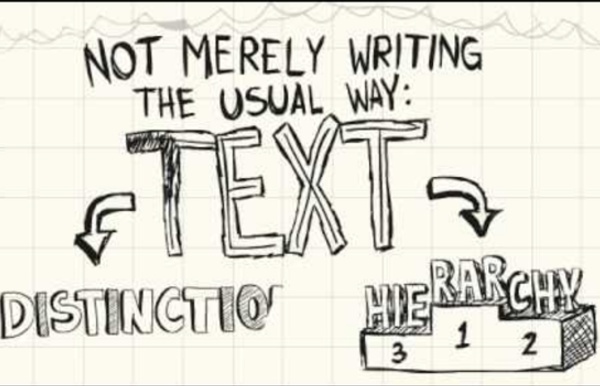



http://www.youtube.com/watch?v=gY9KdRfNN9w
Related: Sketchnoting • NotetakingSketchnotes: A Guide to Visual Note-Taking If you’re a visual learner with a passion for pens and paper, the sketchnote method is perfect for you. Sketchnoting combines traditional handwritten notes with drawings, symbols, and other creative elements. The result is an engaging map of ideas with clear visual cues. With sketchnotes, you can: Use visual cues to boost memory retention Keep your brain active and engaged with variety and stimulation Develop ideas more comprehensively by creating connections between points Make your notes more compact and easier to review at a glance The term "Sketchnote" was first coined by designer and author Mike Rohde.
Note Taking Skills for 21st Century Students Note taking skills aren’t just automatic. We tell students “take notes” but they have no idea what that means. What makes “good notes.” What do they write down? Beginning Sketchnotes for 5th graders — ArtSmudge I love creating sketchnotes. To get better at sketchnoting takes time, a commitment to routine practice, and willingness to experiment with different styles. I love solving the mystery of how to best convey an idea using graphics. Personally, I struggle with starting a work of art. I have great ideas that seem to float just out of reach before I can put pen to paper, but sketchnotes, so far, have kept me grounded and engaged from start to finish.
Student Skills Workshops Notetaking provides several benefits beyond that record of what was presented in a lecture or class activity. Effective notetaking: Keeps you alert. Notetaking keeps your body active and involved and helps you avoid feelings of drowsiness or distraction.Engages your mind. Listening carefully and deciding what to include in notes keeps your mind actively involved with what you hear.Emphasizes and organizes information.
Visual Practice – G-log As a closet doodler most of my life I was enthralled to learn that note taking through drawing is not only a practice but an evidence-based accepted practice filled with amazing people working in the field. To take my visual notes I used to use an iPad & a pogo stylus but I’ve since moved to a Microsoft Surface. I’ve always used AutoDesk Sketchbook Pro on both devices. Sylvia Duckworth recommends ProCreate and I know lots of people who use Paper 53 Brushes. À chacun son goût! This 4 minute video gives a quick summary of how I use visual practice in my work to plan, organize, teach, and learn.
The Cornell Note-taking System – Learning Strategies Center Why do you take notes? What do you hope to get from your notes? What are Cornell Notes and how do you use the Cornell note-taking system? There are many ways to take notes. It’s helpful to try out different methods and determine which work best for you in different situations. Whether you are learning online or in person, the physical act of writing can help you remember better than just listening or reading. SketchNotes on Education – tips4teaching Feel free to download and share the range of SketchNotes on Educational topics. Share your educational sketchnotes on Twitter using the tag Supporting a trainee How I draw Meet the team Objectives Ink on Paper: Some Notes on Note Taking* I went to college long before the era of laptops, so I learned to take notes the old-fashioned way: ink on paper. But that does not mean my note-taking system was simple. Indeed it was an intricate hieroglyphic language, in which asterisks and underscoring and check marks and exclamation points all had precise meaning, if only to me.
Sketchnotes: Tools and tactics for visual notetaking About the presenter: Matt Miller has taught for more than a decade, integrating technology to engage students and create unique learning experiences. He created the Ditch That Textbook blog, is a Google Certified Teacher and co-hosts a podcast on the BAM Radio Network. Matt’s book, Ditch That Textbook, was recently published. It’s all about upgrading your classroom with powerful technology and innovative mindsets to meet students in the 21st-century world where they live.